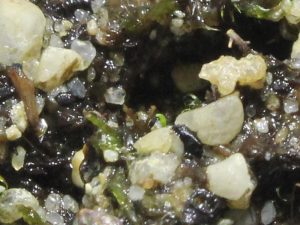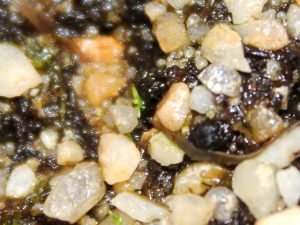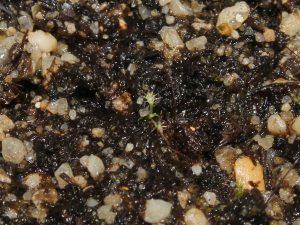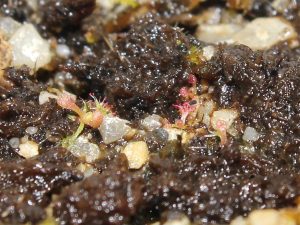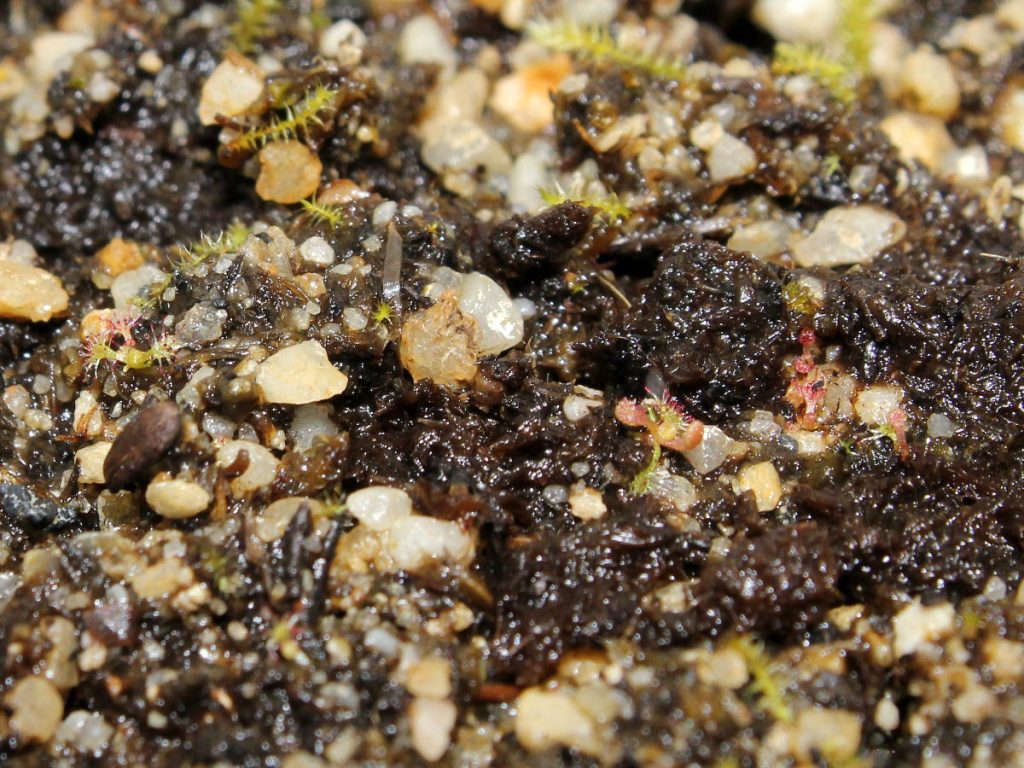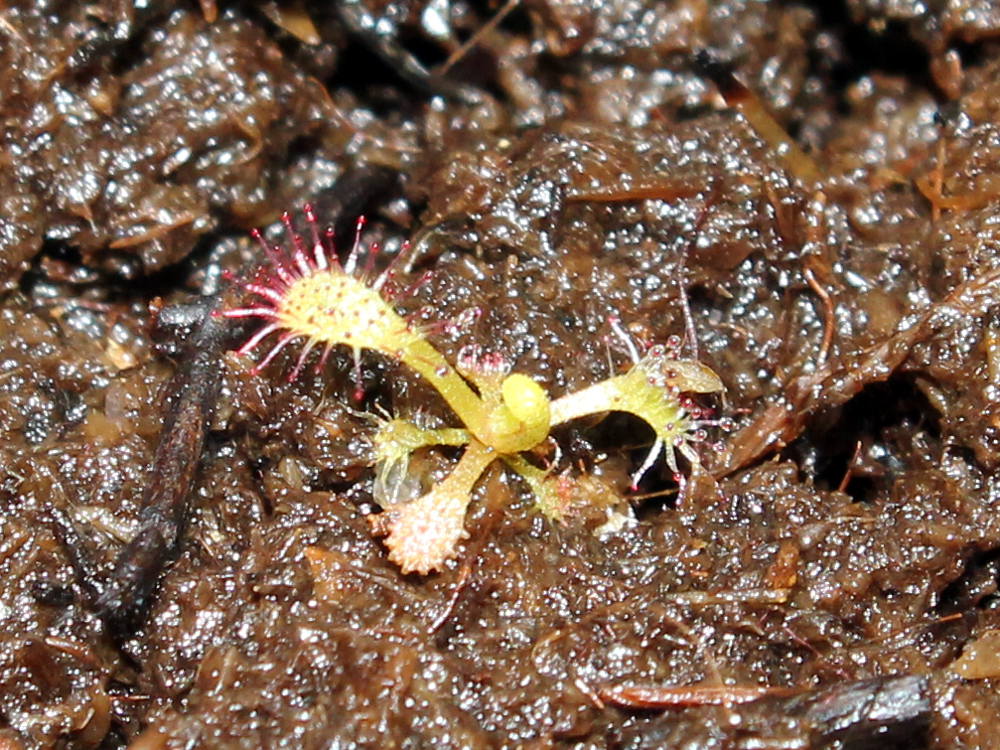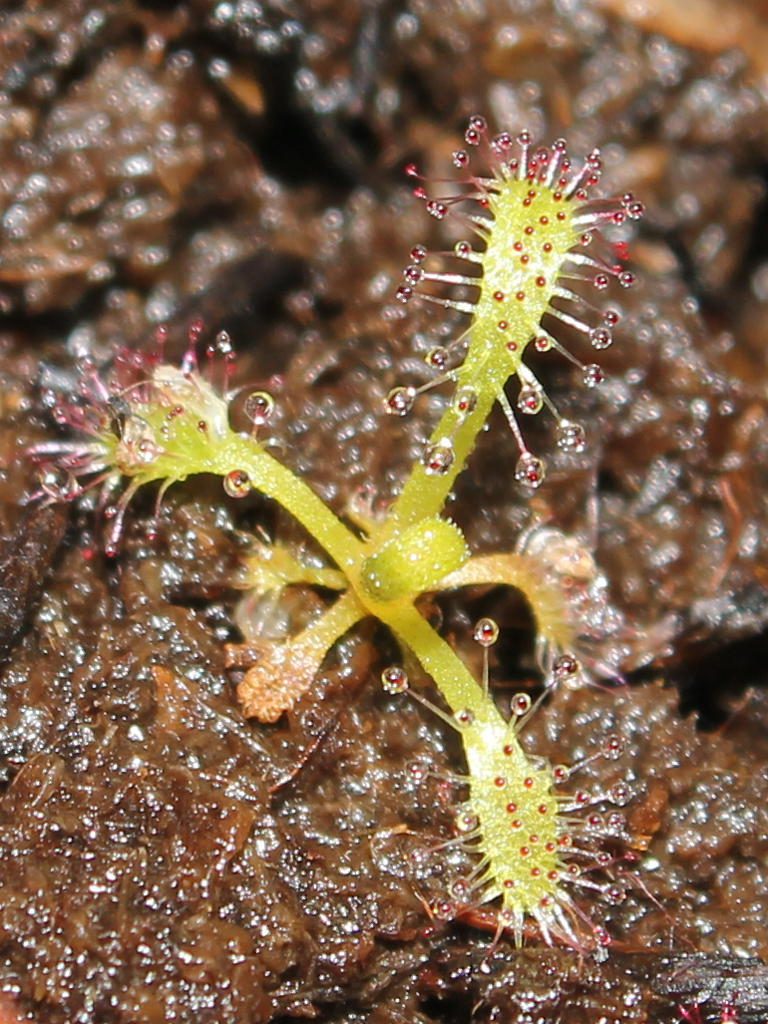Drosera capensis ‘Alba’

It likes as much light as it can get. Seedlings grew slightly faster for me, when compared to regular Drosera capensis. At first I left them without food, but as soon as I noticed mold formation on top of the peat, I started adding springtails to fight the mold infection. I learned with regular D. capensis seedlings, that springtails can be extremely beneficial for small seedlings, because they not only feed on mold and algae, which can hurt young sundew seedlings, they are also easy prey for small carnivore plants. Because of their small size, feeding young seedlings can be real problem without some help from tiny springtails.

When seedlings became large enough and started growing first carnivorous leaves, it was time to add springtails into the pot. I managed to multiply a lot of springtails and when I threw them into the container with drosera seedlings, traps became filled with them. Most of them remained alive and started fighting fungus that also stared growing on top of the soil. Larger traps were already able to consume larger insects, so I added a couple of black aphids.
Just like regular Drosera capensis seedlings, ‘alba’ also starts growing rapidly when it gets bigger and starts catching more insects. It could have been a coincidence, but the pale variety of Drosera capensis managed to outperform it’s regular sibling when it comes to hunting. I found butterflies, bees and large insects that mostly managed to escape, but many of them most likely died with completely destroyed wings, covered with Drosera mucus.


When growing outside, all Cape sundews managed to cover their leaves with insects on a daily basis. In late summer and during early fall, they could get completely covered with small insects. At that point, they started flowering and growing vigorously.
Sadly, our climate doesn’t allow them to stay outside, which means they need to go inside in late September. They all need to get transplanted into separate pots too.

